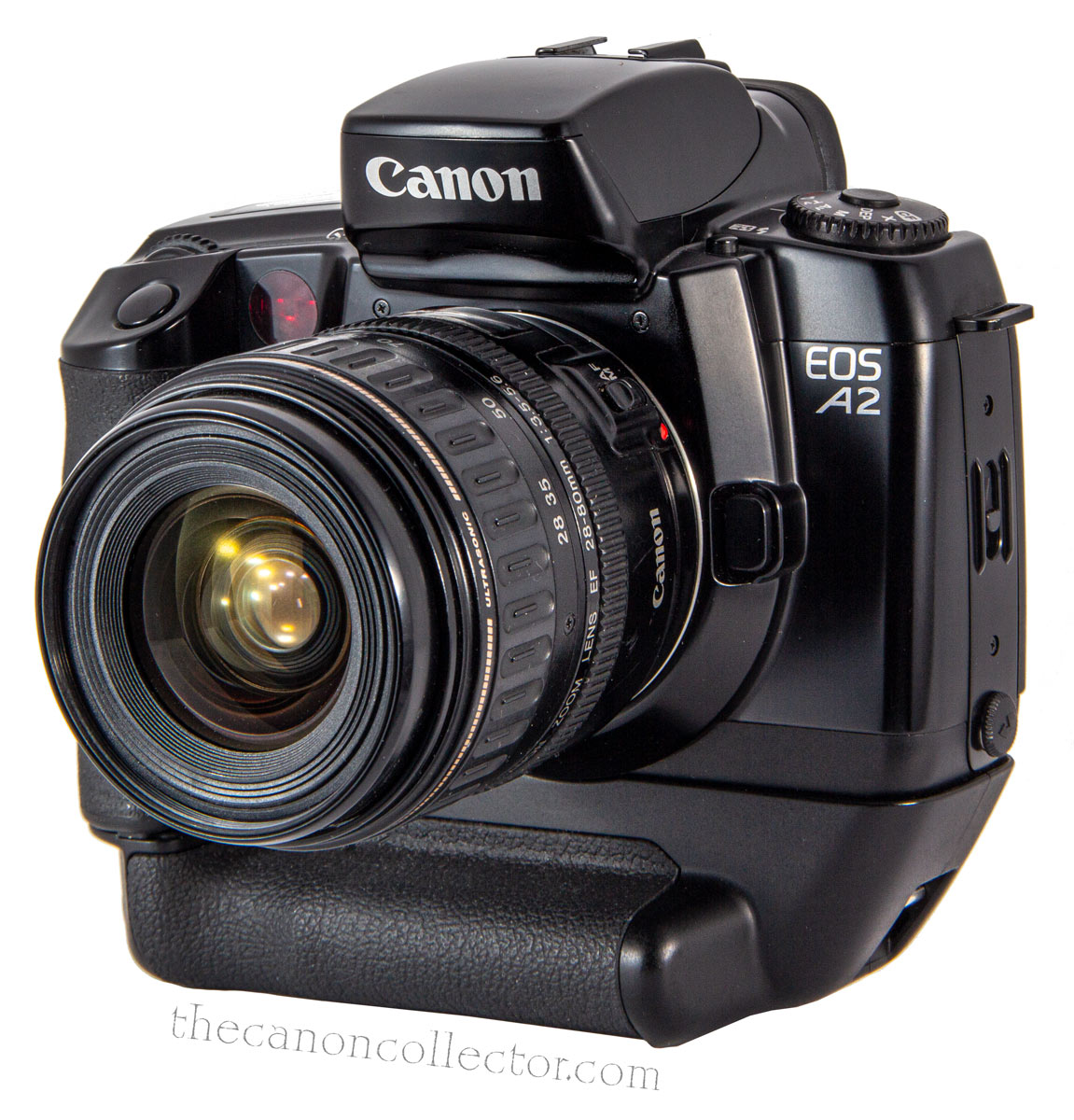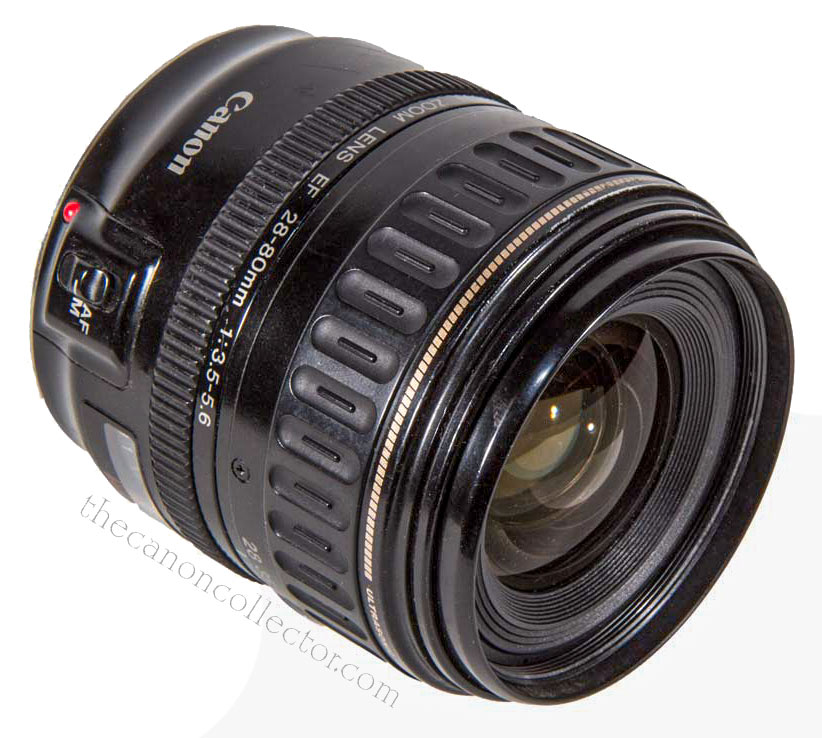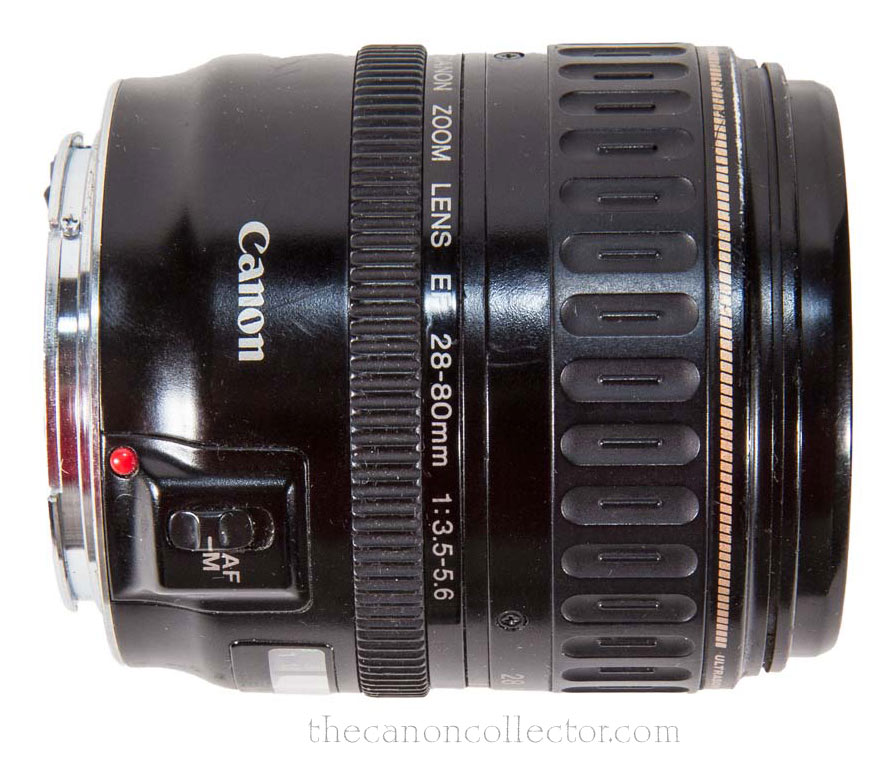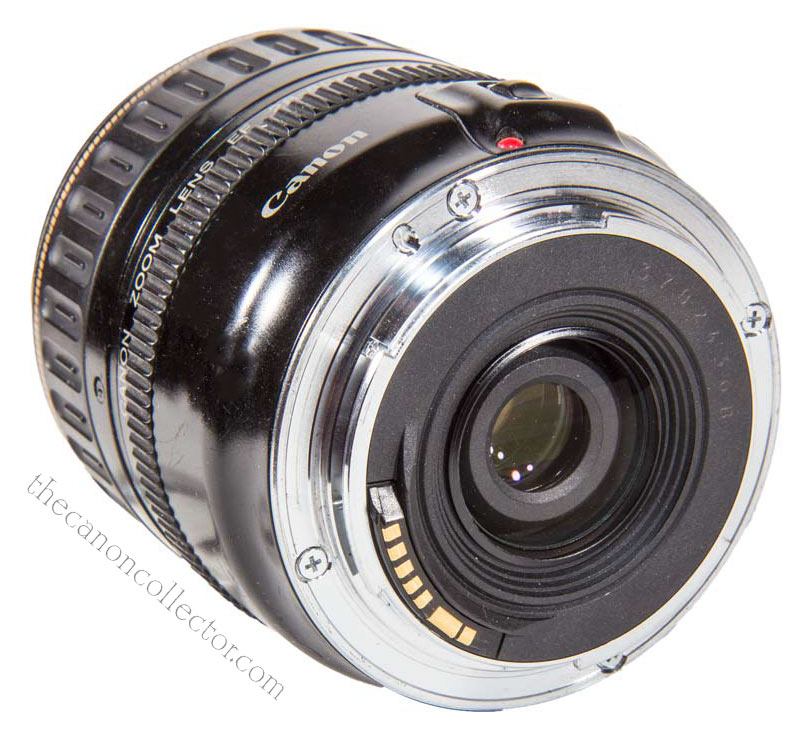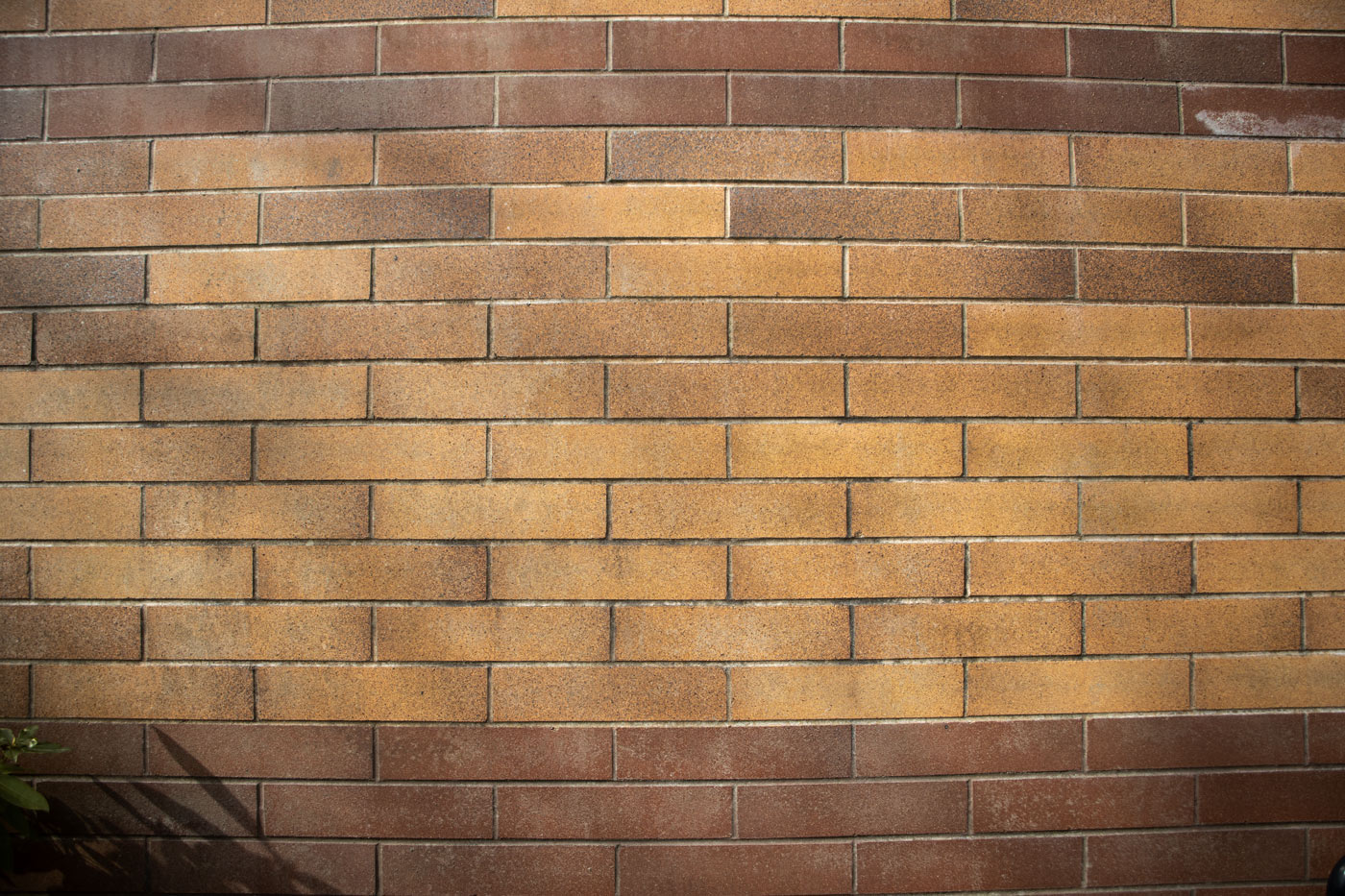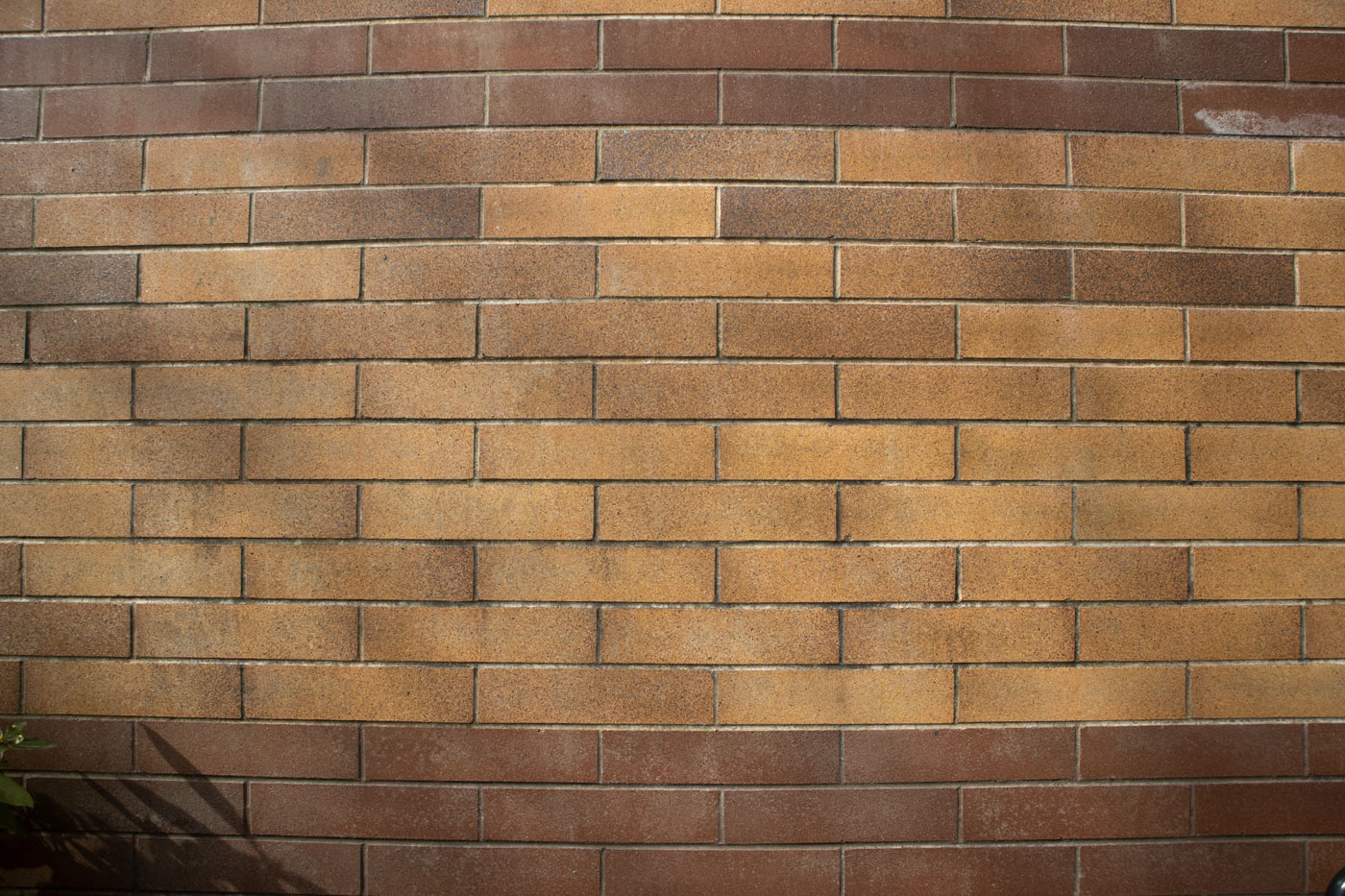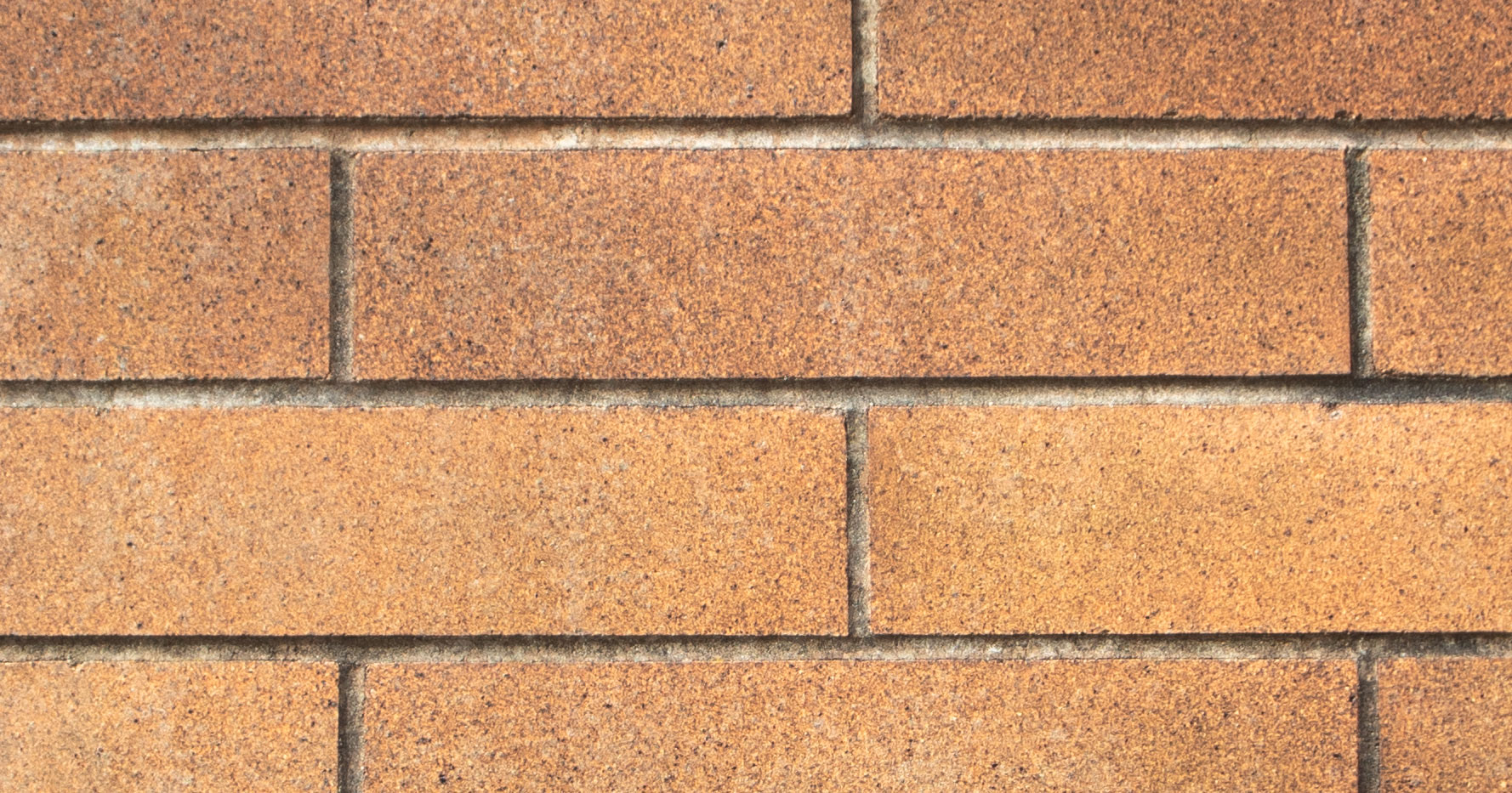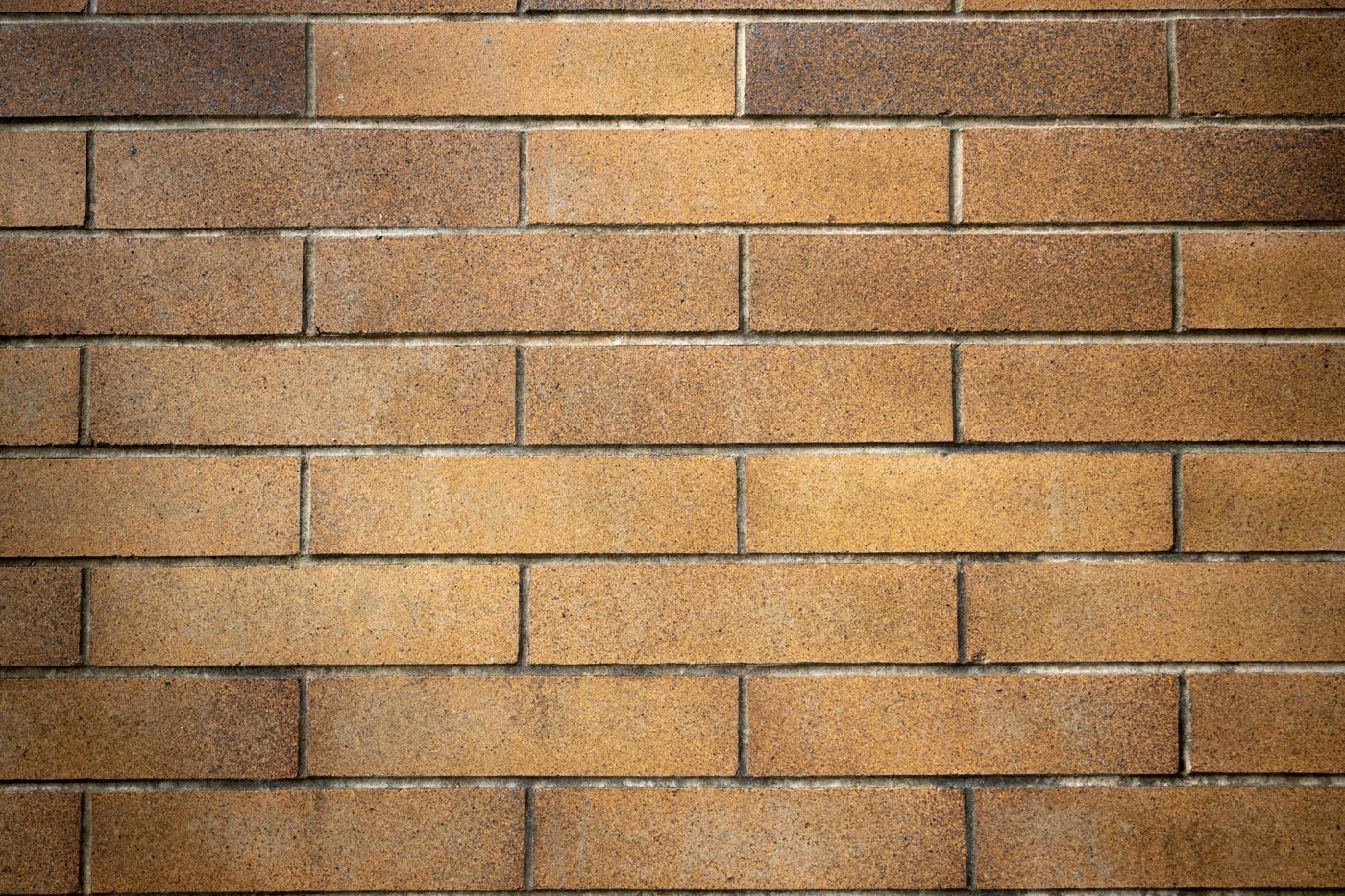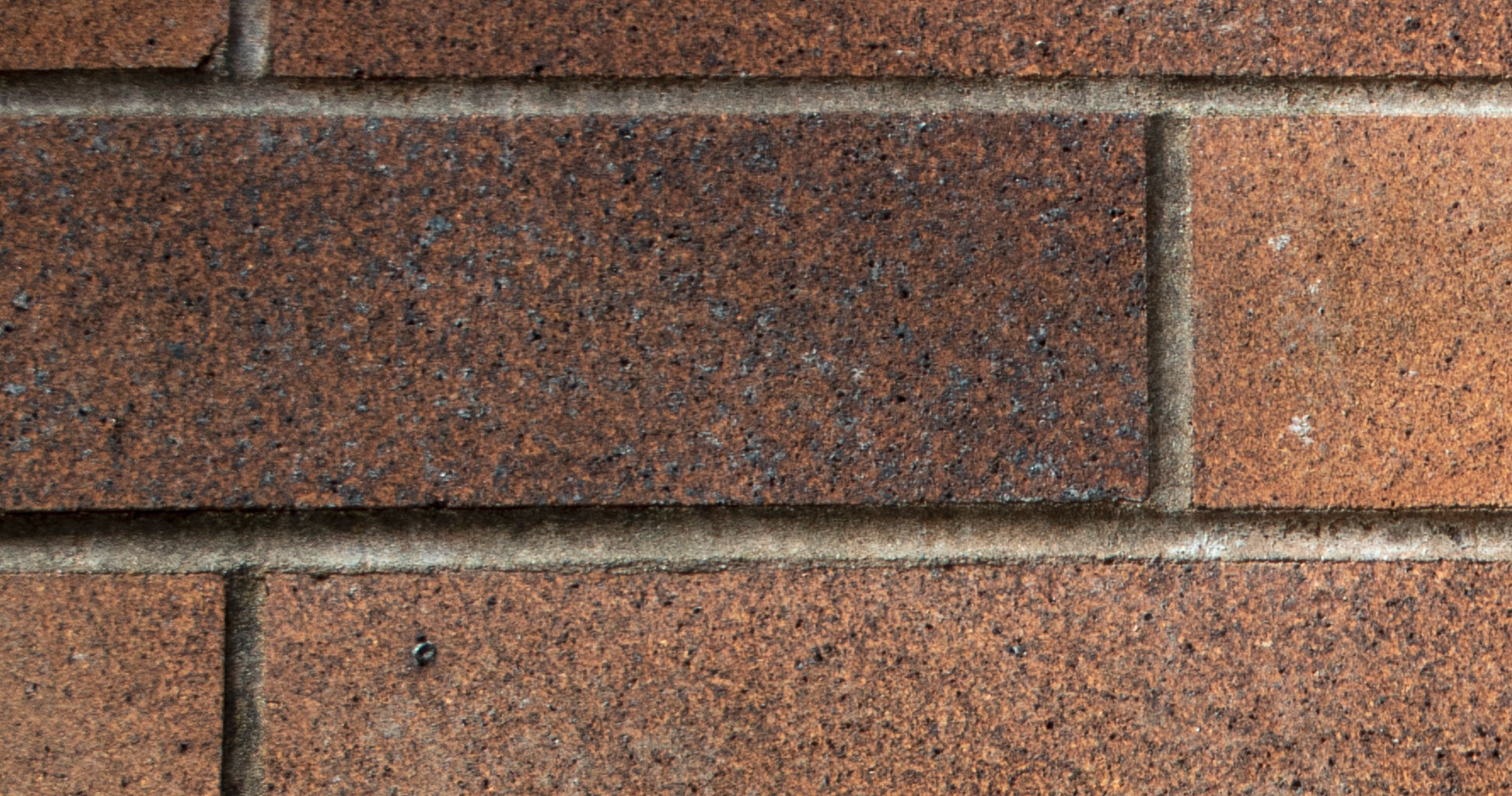The 28-80mm f/3.5-5.6 USM shown on an EOS A2, introduced in November of 1992, about a year after the lens. Although a lens designed for film cameras, it gives a good account of itself in the era of the digital camera.
EF 28-80mm f/3.5-5.6 USM
Early in the history of the EF lenses Canon began to create a series of “kit” lenses. These were economy lenses
that they could market on their low
and mid range SLR’s and, later,
DSLR’s.
These lenses were shaped by two competing needs: to have the usual Canon quality, and to be inexpensive
enough to do well in a crowded competitive market. They produced lens after lens as they sought the best performance at the least cost.
Very early they settled on the zoom range of 28 to 80mm as a good utility range of focal lengths. To this day this range can be found in the Rebel DSLR
EF-S kit lens of 18 to 55mm (the same range when corrected for the reduced
sensor size). In the interests of economy with quality, apertures were necessarily not large nor fixed. From 1991 Canon produced no less than 7 lenses of 28 to 80mm focal lengths and f/3.5 to f/5.6 aperture. The EF 28-80mm f/3.5-5.6 USM was the first of these, released in October of 1991. It seems to go counter to logic but reading about this first lens it seems that it is regarded more highly than the ones to follow, but, more of that later.
This lens is of plastic and metal construction and, at 330 grams, feels heavy and well made in the hand. The actual camera mount ring is metal. The zoom ring is large but the manual focus ring is rather small. The zooming portion of the lens barrel moves in and out of a second barrel that moves in and out with focus. Unfortunately, the filter ring rotates with focusing. The problem with this arrangement is that there is no bayonet mount for a lens shade. I have not been able to ascertain which lens hood goes with this lens but it must screw in and it will rotate as the lens focuses. Not a good.
In the Collection I have the following lens:
Collection No.: L-13
Introduced: Oct 1991
Serial No.: 3702436B
Min Aperature: f 22 – 38
Construction: 10 elements in 9 groups.
Aperture: 5 blades
Filter Thread: 58mm
Weight: 330 gr
Notes: My lens is in excellent cosmetic and operating condition, glass is clear, body shows wear from use. You can identify this lens at a distance by the build and pattern on rubber zoom ring.
So just how good is It?
Reading about this lens on-line, one gets the impression that people like it. It has some problems but optically it is apparently pretty good. So I took it out for a couple of walks on my Canon 5D Mk II and took some pictures.
In use it is very pleasing. 28mm on a full frame camera is reasonably wide as a walk around lens. On the long end 80mm is almost a telephoto so the focal range is useful. Focus is quick and positive. But very quickly you realize that this lens does not like the sun: it is subject to flare, lots of flare. Which raises another problem. The lens barrel moves in and out of an outer barrel when you operate the zoom which means there is no bayonet mount available for a lens hood, which it needs. A lens hood would have to screw into the 58mm filter thread. I have not been able to find a Canon hood for this lens.
And while we are on the subject of the lens hood, the front element and filter threads rotate when the lens focuses (but not when it zooms) so some filters will not be appropriate. And of course there are problems with polarizing filters as well. So, these factors have to be chalked up to the negative side of the ledger.
So, moving on, how about the optical performance? Well, lets have a look at the old Brick Wall test.
28mm
50mm
Sharpness in the center at f/4.5 is excellent. This continues for most of the frame except in the extreme corners.
At 28mm this lens is not bad except for the corners. But as soon as you start to lengthen the focal length the barrel distortion disappears, the vignetting becomes negligible and sharpness across the frame increases. By 50mm this lens is excellent. The improvements continue right up to 80mm when this lens becomes amazing.
I have shown no examples of the flare it is prone to but I can tell you that if the sun is anywhere near the front of the lens you will have a problem. This lens needs a sun shade and, as I have explained, that is a problem
And in the Real World?
Of course, most of us don’t go around photographing brick walls. And when we take “normal” pictures many of the faults we see above are really not visible. But knowing where a lens has weaknesses lets you chose images that play to its strengths. Our EF 28-80 f/3.5-5.6 USM is strongest at longer focal lengths and stopped down.
Below is an image of a wall taken at about 76mm stopped down to f/11 and the lens has captured an amazing image. I have processed this image the way I would any picture and that includes sharpening and contrast adjustment. Not bad for a lens you can pick up for well under $100.00 on E-bay!
This lens at 76mm and stopped down to f/11 renders a beautiful image. No adjustments to correct distortion in this image have been made. The images below at 100% show exceptional sharpness across the frame. The frame below to the right is taken from the top left corner and the performance here is really impressive.
At 80mm wide open at f/5.6 the lens gives a beautiful image with good separation of the Lady from the background.
All in all, I like this lens. It is weak in the corners at wider focal lengths but otherwise it has good sharpness, a decent focal range and acceptible maximum apertures. It is certainly not a professional lens but then it was never intended as such. It was designed for enthusiast level film cameras. Considering that it can be had for under $100.00 at any camera show today, this lens is an excellent choice for an amateur level walk about lens and, in the hands of an advanced amateur, it is capable of great photography.

